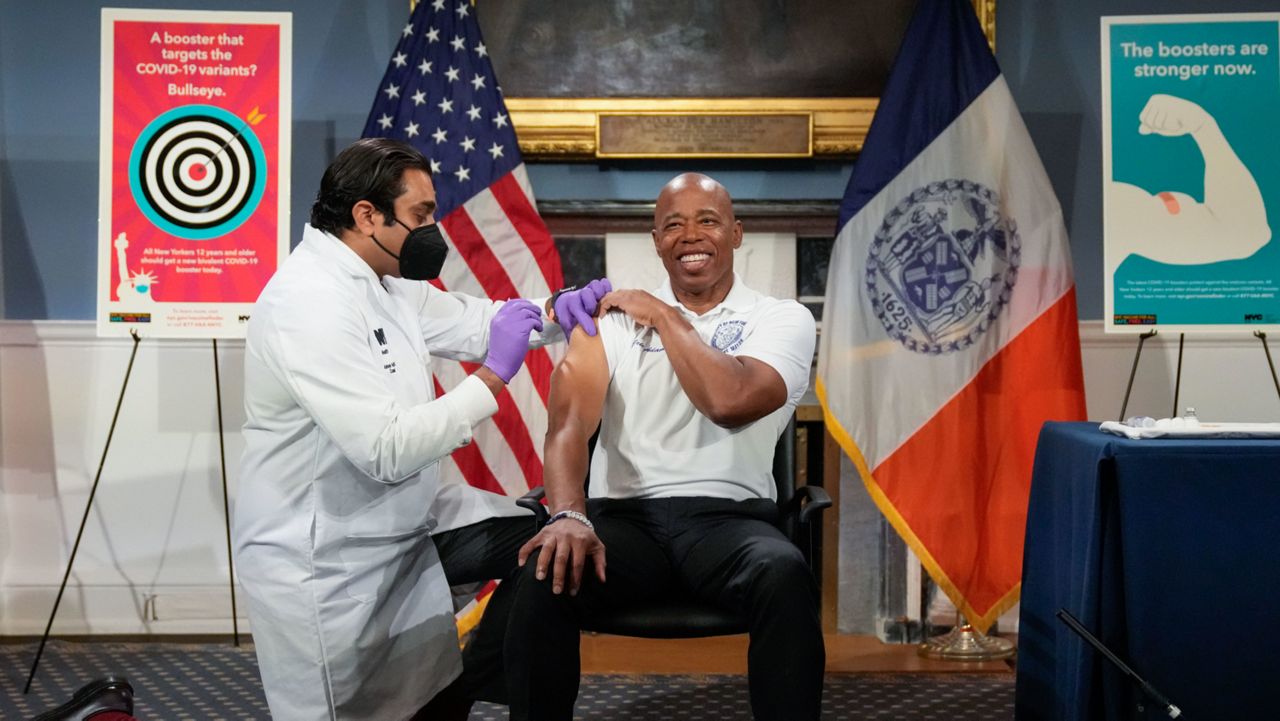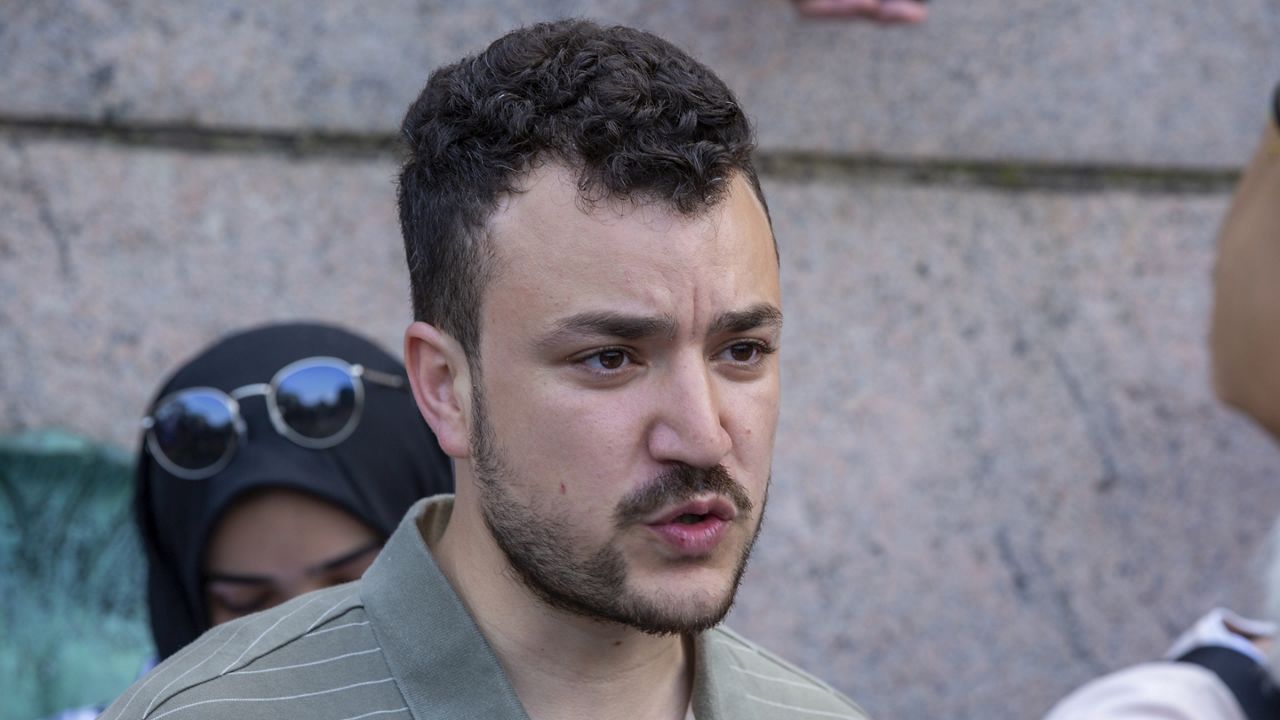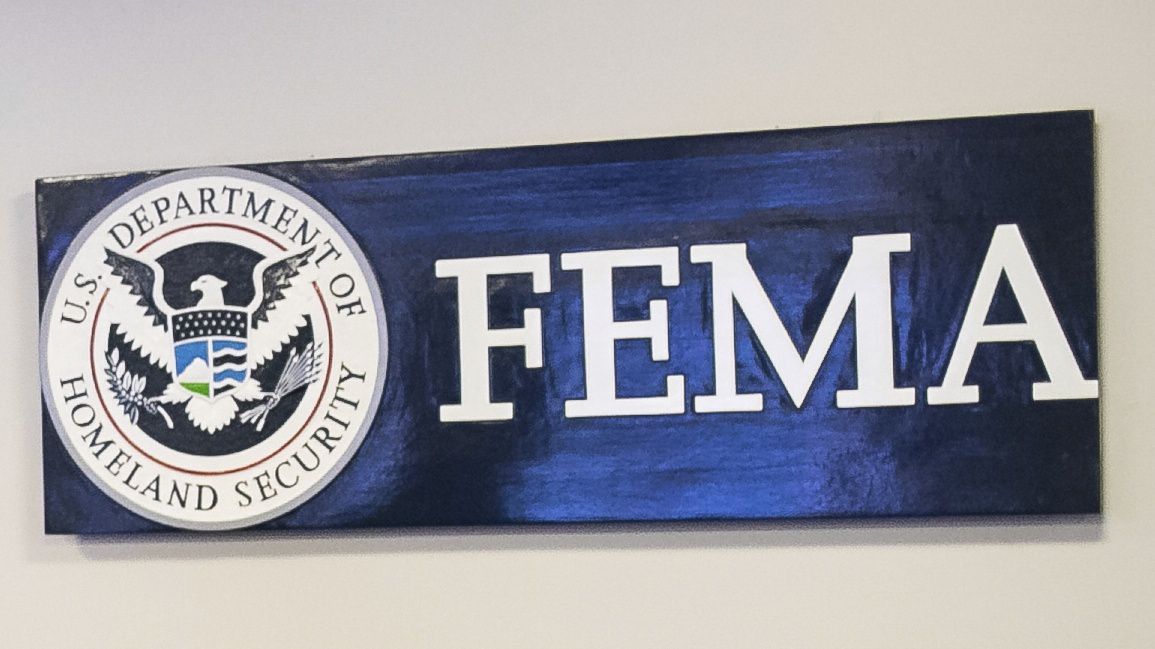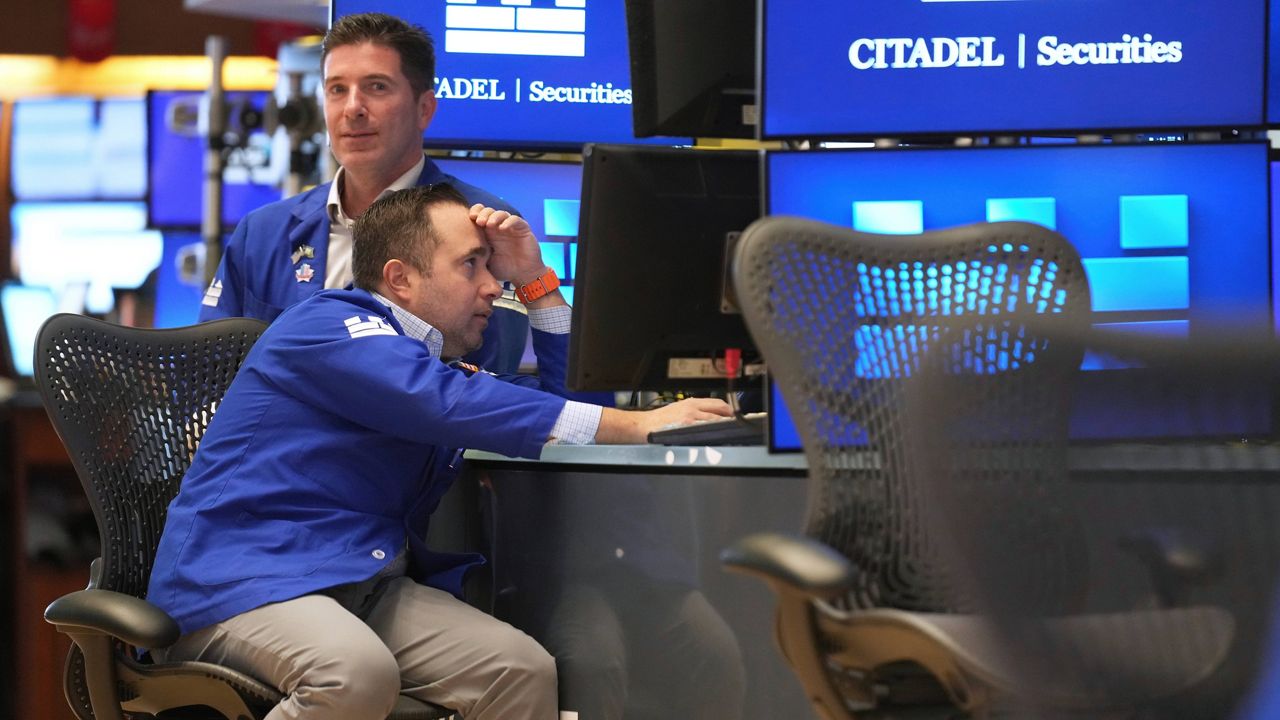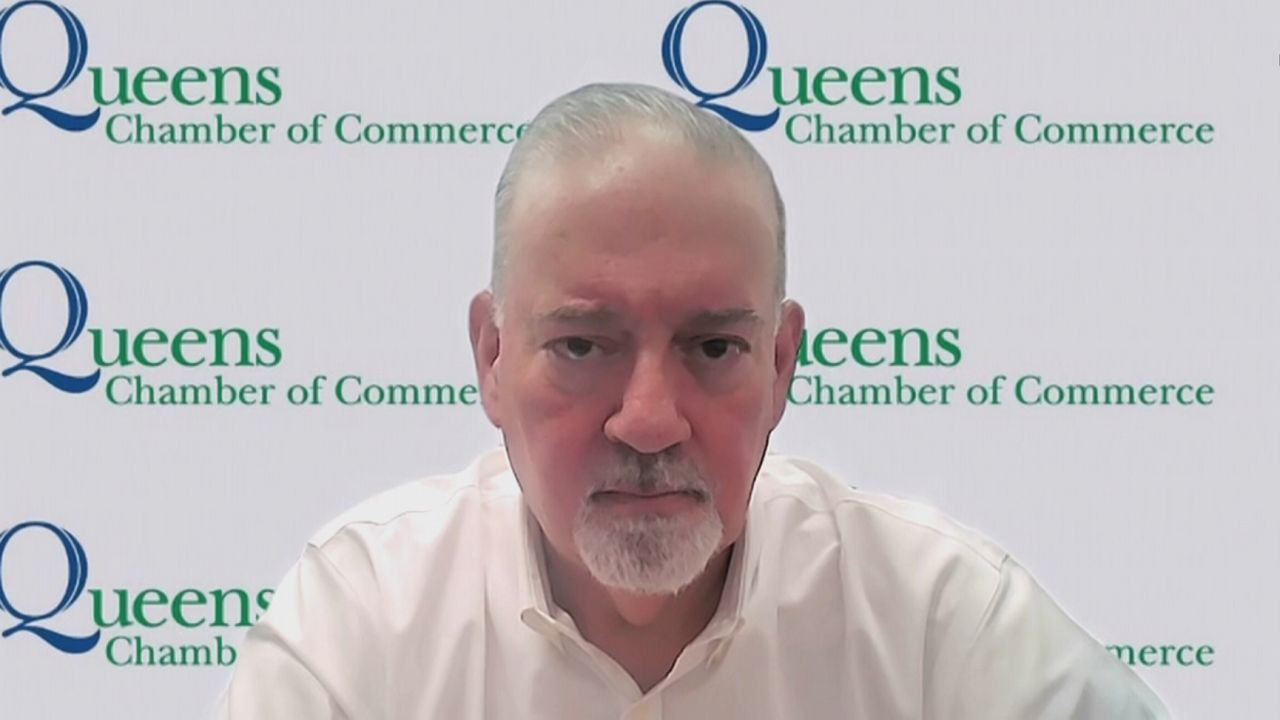Only 175,000 New York City residents have received a dose of the latest COVID-19 booster vaccine since their release earlier this month, according to the health department, leaving public health experts concerned about the population’s immunity levels ahead of an expected wave of infections.
In early September, the latest COVID-19 “bivalent” booster vaccine, tailored to battle omicron strains of the virus, became available. It arrived at an ideal time: Infection rates in the city were the lowest since the spring, offering a chance to preemptively supercharge immunity ahead of an expected winter wave of new cases.
Yet since the boosters were released, the vaccination rates in New York City have decreased. Since late August, daily dosages have been the lowest since the advent of the original vaccine, back in December 2020, according to city data.
The relatively slow uptake of the vaccines, ahead of a planned media campaign by the city encouraging boosting, has led some public health experts to worry if the city is getting behind the 8-ball in preparing for rising infections.
Though cases are rising slightly in the city, health experts say the city needs a full-throated boosting crusade aimed at reminding New Yorkers that continuously improving immunity is what can keep the city from facing a renewed health emergency.
“People are not going to be motivated to take these boosters if they no longer feel a threat,” said David Abramson, an associate professor at New York University’s School of Global Public Health. “You can’t just rely on the standard ‘It’s safe and effective’ routine.”
There are hundreds of thousands of doses ready and more than 1,000 locations offering vaccinations, according to Patrick Gallahue, a spokesperson for the city’s health department.
Anyone aged 12 years and up can receive Pfizer-BioNTech’s version of the booster, while anyone 18 years and up can receive Moderna’s booster. The new formulation is “bivalent,” meaning it is designed to recharge your immunity to both the original novel coronavirus strain as well as the omicron variant, the dominant virus in the U.S. this year.
The number of bivalent doses distributed in the past three weeks pales in comparison to the jump in doses administered in the same length of time after the initial booster became available, when the city logged about 700,000 doses.
Part of the issue, Abramson said, is that people believe their risk is lower now, and that Americans have largely become used to taking their health precautions into their own hands as cities and states have removed earlier pandemic-era restrictions.
“It’s only the highest risk, or those most receptive to preventive measures, who have gotten it so far,” he said. “There’s a long way to go.”
Gallahue said the city has continued efforts from earlier in the pandemic to encourage high-risk New Yorkers to patients in the public hospital system to get boosted, and still offers at-home shots for people aged 65 and up or who are homebound.
The city will also start a media campaign “in the weeks ahead,” Gallahue said, that will run ads on social media and other platforms, as well as have the city’s education department inform families about the boosters. The ad campaign is budgeted for $3 million.
“This is an important campaign because many people think COVID is in our rearview mirror,” Mayor Eric Adams said earlier this month. “It will remain in the rear view mirror if we do the right things, and boostering and getting our bodies prepared is one of those important things.”
In December 2021, the city launched a $10 million marketing campaign to encourage boosting with the first version of the boosters, as the omicron variant spread rapidly through the population.
New York City is in a much better position now than a year ago, said Denis Nash, a professor of epidemiology at CUNY’s School of Public Health. But as we’ve gotten farther from the omicron wave, immunity from infections has waned, and new boosters would improve the population’s “hybrid immunity” that people get from both COVID-19 cases and vaccinations.
“If we don't continue to have high levels of hybrid immunity, and then another surge happens — either an omicron surge or another variant — and people’s boosters are not up to date, we can expect to see a potentially problematic situation,” Nash said.
New Yorkers who were boosted or got COVID-19 in recent months should wait to get their booster, according to the CDC — about three months after an infection, and as long as six months after the last booster.
Yet daily doses distributed in the city dropped off in February, meaning most New Yorkers are likely ready for a booster.
Nash said he worries that political messaging that the pandemic is over, as President Joe Biden said during a recent interview, has made booster shots seem less necessary — a takeaway that he said runs counter to the role of boosters.
“You can have these two things: You can say, we have to learn to live with the virus, and we want to push things back to the way they were, and that the way to do that includes people really working to get up to date on their boosters,” Nash said.
To make a vaccination appointment, you can visit this site. To find a location near you that has booster doses, visit this site.




